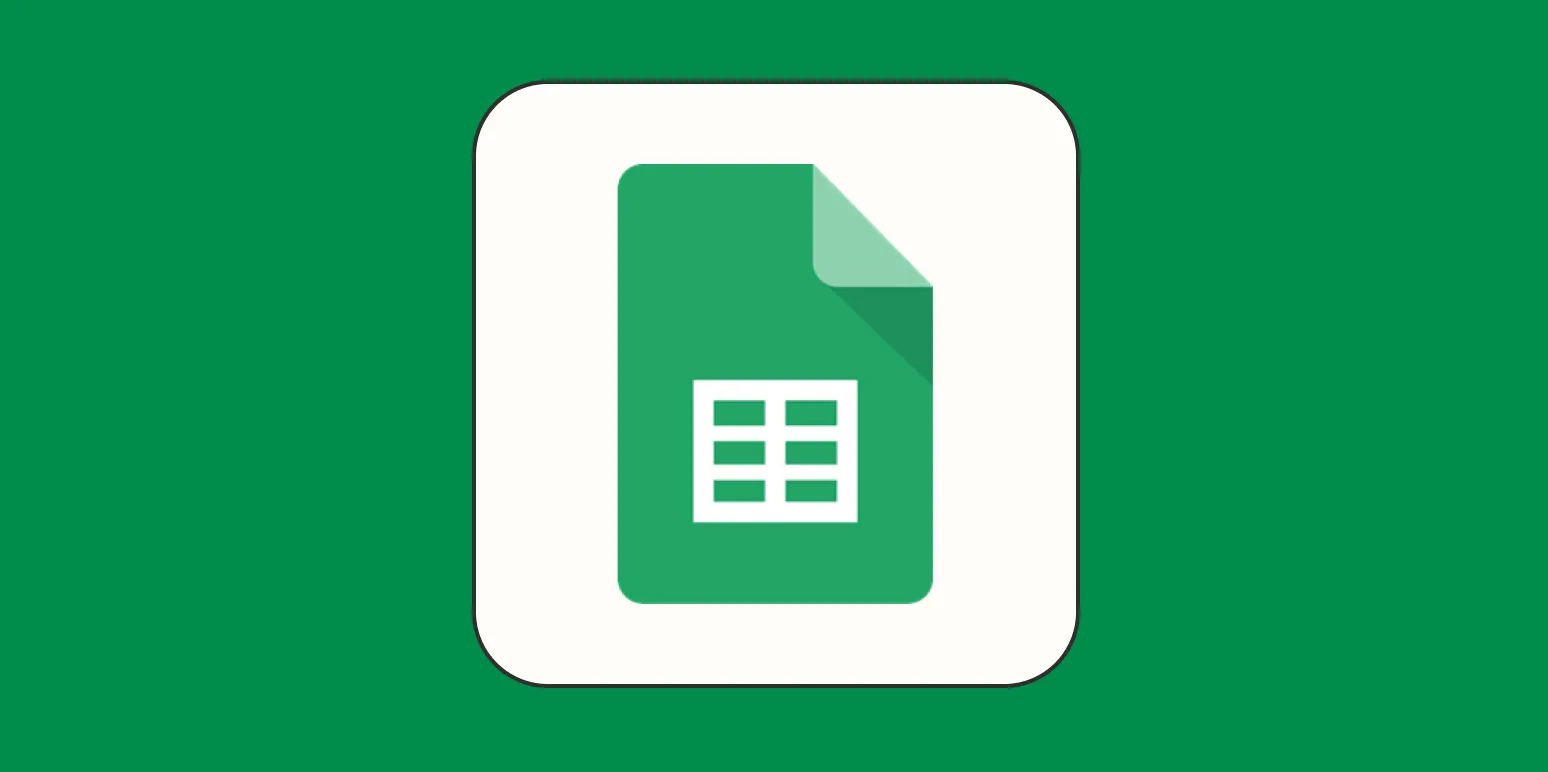Creating a Calendar in Google Sheets
Google Sheets is a powerful tool that allows you to create and customize a calendar to suit your specific needs. Whether you’re planning an event, tracking deadlines, or managing a project, a calendar can help you stay organized. In this guide, we will walk you through the steps to make a calendar in Google Sheets, focusing on various methods to create it, including the use of tables and charts. Let’s dive in!
Using a Table to Create a Calendar
One of the simplest ways to create a calendar in Google Sheets is by using a table format. Follow these steps to create your calendar:
1. ''Open Google Sheets'': Start by opening Google Sheets and creating a new spreadsheet.
2. ''Set Up the Header'': In the first row, enter the days of the week. For example, you may label the columns from A to G with “Sunday,” “Monday,” “Tuesday,” “Wednesday,” “Thursday,” “Friday,” and “Saturday.” This creates a clear structure for your calendar.
3. ''Fill in Dates'': Next, choose a month and start entering the dates in the corresponding cells. For instance, if the month starts on a Wednesday, the first date will go in the cell under “Wednesday” of the second row. Continue filling in the dates across the table until the month is complete.
4. ''Format the Calendar'': To make your calendar visually appealing, use the formatting options in Google Sheets. You can adjust cell sizes, change font colors, and add borders. Highlight weekends or special dates by applying different background colors.
5. ''Add Events or Notes'': You can easily add events or notes to specific dates by clicking on the cell and typing in your text. This will enhance the functionality of your calendar, making it a useful planning tool.
Creating a Calendar Using Charts
Another innovative way to create a calendar in Google Sheets is by using charts. This method is particularly useful if you want to visualize data over time. Here’s how to do it:
1. ''Collect Your Data'': Prepare a list of events, tasks, or deadlines along with their corresponding dates. Arrange this data in two columns: one for the date and another for the event name.
2. ''Insert a Chart'': Highlight your data, go to the “Insert” menu, and select “Chart.” Google Sheets will automatically suggest a chart type, which you can customize.
3. ''Choose a Chart Type'': For a calendar, the “Gantt Chart” or “Timeline Chart” can be effective. You can find these options in the Chart Editor sidebar under the “Chart type” dropdown.
4. ''Customize Your Chart'': Use the customization options to adjust colors, labels, and the overall design of your chart. This will help you create a calendar that is not only functional but also visually appealing.
5. ''Update Your Chart'': As events change or new deadlines arise, you can easily update your data in the spreadsheet, and the chart will automatically reflect these changes.
Using Templates for Quick Setup
If you’re looking for a faster way to create a calendar, consider using a pre-made template. Google Sheets offers a variety of calendar templates that you can customize:
1. ''Access Templates'': In Google Sheets, click on “Template Gallery” to explore the available options. Look for the “Calendars” section to find various styles.
2. ''Select a Template'': Choose a calendar template that suits your needs, such as a monthly or weekly calendar. Click on it to create a copy in your Google Drive.
3. ''Customize'': Once the template is open, you can modify it to fit your schedule. Add important dates, adjust colors, and personalize it as needed.
Sharing and Collaboration
Google Sheets makes it easy to share your calendar with others, which is particularly useful for team projects or family schedules. Here’s how to share your calendar:
1. ''Click on Share'': In the upper right corner of your Google Sheets, click on the “Share” button.
2. ''Set Permissions'': Enter the email addresses of those you want to share with and set their permissions to either “Viewer,” “Commenter,” or “Editor” based on what level of access you want to provide.
3. ''Send the Invitation'': Once you’ve configured the settings, click “Send.” The recipients will receive an email with a link to your calendar, allowing them to view or collaborate as needed.
Conclusion
Creating a calendar in Google Sheets is a straightforward process that can greatly enhance your productivity and organization. Whether you choose to use tables, charts, or templates, the flexibility of Google Sheets allows for a customized approach tailored to your needs. By following these steps, you’ll be well on your way to managing your time effectively and ensuring that you stay on top of important events and deadlines. Make the most out of your Google Sheets experience and enjoy the benefits of a well-structured calendar!





